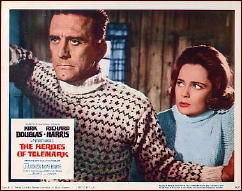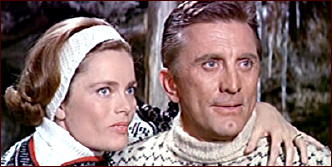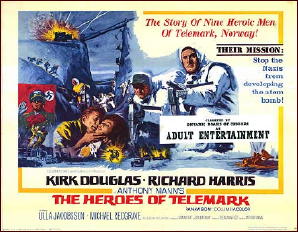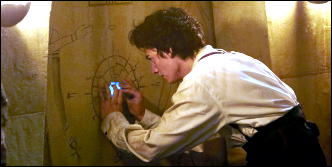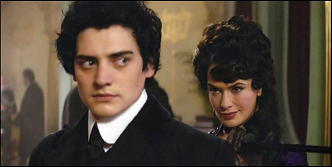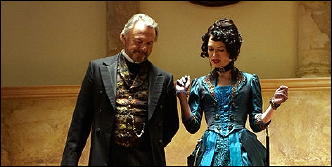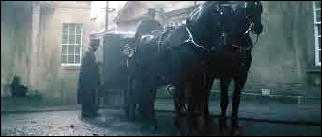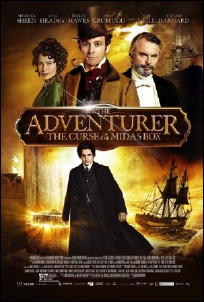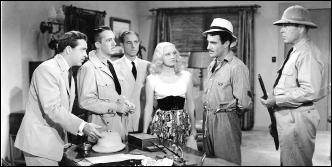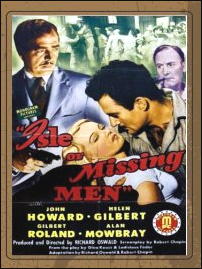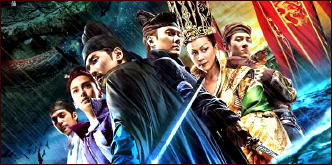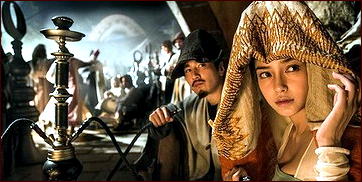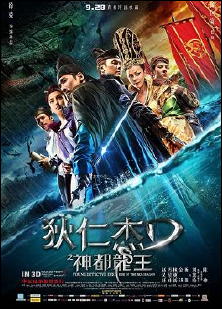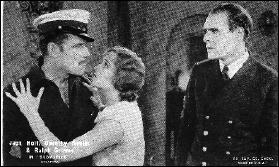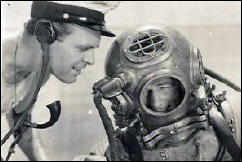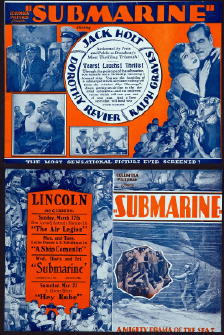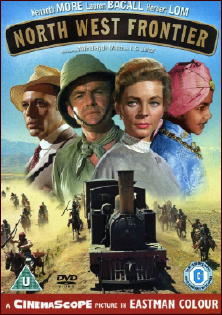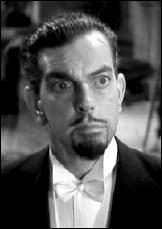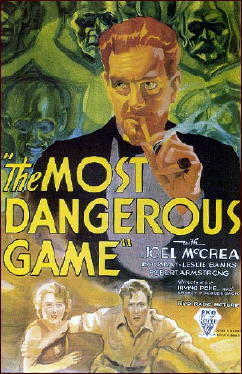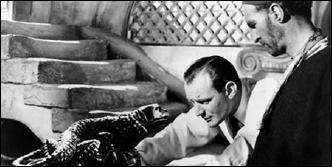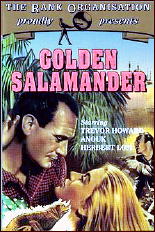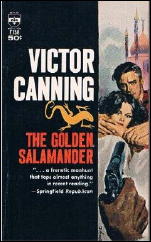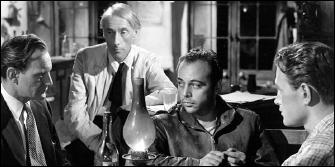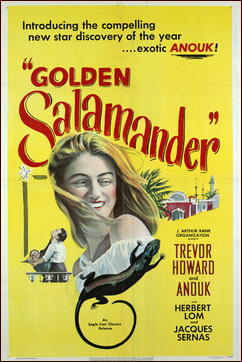Reviewed by DAVID VINEYARD:
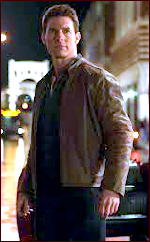
JACK REACHER. Paramount Pictures, 2013. Tom Cruise, Rosamund Pike, Richard Jenkins, Werner Herzog, Robert Duvall, David Oyelowo. Based on the novel One Shot by Lee Child. Directed by Christopher McQuarrie (also screenplay).
“There’s this guy, he doesn’t care about law, he doesn’t care about proof. He cares about what’s right. He knows what I did. He knows where I am. And this guy, he made me a promise, if I ever got in trouble he’d be there.â€
Who was that masked man?
Actually he’s Jack Reacher, hero of a series of books by British television writer Lee Child, a cross between Travis McGee, Mike Hammer, and. yes, the Lone Ranger. Here he’s played by super star Tom Cruise. Reacher really isn’t a hero, he’s a sociopath gone off the grid out of paranoia and what fits every definition of schizo effective disorder ever penned, whose tarnished armor should be replaced by a strait jacket.
Unlike both McGee and Hammer Reacher has no self recognition, no dark nights of the soul when he questions himself or his motives. He’s a sociopath incapable of examining his own motives, actions, or morality. Showtime’s Dexter is better balanced and he’s a serial killer.
Confession time before I go any farther. I find the Reacher books appallingly written, inauthentic, badly researched, and universally stupid. I don’t like them much either. Child is the type writer who thinks he sounds like an American if he uses “guy†twenty to thirty times on the same page.
He makes huge gaping mistakes like putting a military base in Dallas (save for the Naval Air Station, Dallas never had a base — ever — not at all — not even in WW II), and going on for an entire book about how ineffective a .38 caliber gun is and then praising the 9mm automatic. The .38 and the 9mm are damn near the same thing (9 mm is .35 inches — you would think a Brit would know the metric system), he also seems ignorant of the fact that the .38 revolver is one of the most efficient hand guns ever made.
If he thinks getting shot by a .38 is nothing he should recall what a .22 did to President Reagan. In another book the Secret Service hires him to stalk the Vice President like a real assassin — this despite the fact he is homeless loner living off the grid. No trouble buying that plot. These things add up over time.
I’m not a gun nut, and better writers than Child have made such mistakes (Ian Fleming for one), but they don’t rant for three hundred pages about it, and they didn’t have the Internet at their fingertips.

This is symptomatic of the problems I have with Child and the movie made from his book. There is nothing original, nothing new, nothing period. This isn’t up to the level of the generic paperback series of my youth or the later Men’s Action series.
I promise you Mack Bolan knew what gun he was using whether he knew syntax or not. This isn’t as good as run of the mill series television from that era either. The plot pretty much is run of the mill television.
In addition Reacher is a huge pain in the ass, always right, always the smartest, toughest, most ‘perfectest’ hero in the game. He’s so perfect he gives me dyspepsia. Casting Tom Cruise in the role didn’t help things much, humility is not one of his stronger acting skills.
Confession Part deux, I’m no Cruise fan. I particularly don’t like him when he tries to play a flawless hero, but he can be great when he either laughs at himself (Knight and Day) or allows his hero to be human.
He’s much better in films like the Mission Impossible series (his character in these films differs from Reacher in that he is usually fighting great odds with his life or that of his loved ones at stake), Minority Report, Risky Business, Rain Man, or Born on the Fourth of July playing fallible humans often battling huge odds, heroes struggling to reclaim their lives, or men struggling with difficult moral problems with a flawed character.
At least in Top Gun his character had something to be arrogant about in a profession that calls for more than a little over confidence, and it was only a little exaggerated about what personalities make great fighter pilots.
As Jack Reacher he doesn’t make the ‘guy’ heroic or iconic, he plays him as a horses rear, a rude creepy loner who has watched too many James Dean movies without noticing the humanity under Dean’s cool. You’ll be excused if you root for the villain.
At the point where the great Robert Duvall comes in as a colorful aging gun dealer playing Tonto to Reacher’s Lone Ranger in a terribly written role, the patter between the two actors will make you remember the Bowery Boys fondly. God awful is the only description I can give of it. I hope at least Duvall got a bundle for it. Something good should come from this movie.
Joe Kraemer’s score did win an award and the trailer was great, but the movie, not so much. It had a great opening weekend in theaters, but in the end didn’t bring in that much more than it cost ($20 million is not considered a profit in Hollywood these days, not the way they calculate it), so audiences do have taste and word of mouth lives.
The plot is incredibly cliched, obvious, and plain silly. The screenplay and book were apparently written by Marconi, because every twist and turn is telegraphed with the subtly of a hammer on an anvil.
Former army sniper James Barr (Joseph Siroka) stands accused of a killing spree and calls on Reacher, a former MP who once proved Barr murdered four people in Afghanistan but couldn’t nail him because the army needed a hero. Reacher would be perfectly happy to see Barr dead, but he agrees to work with Barr’s lawyer Helen Rodin (Rosamund Pike) who just happens to be the prosecutor’s daughter and has daddy issues.

She and Reacher semi flirt, but it is so lead footed there is never any question of them getting together. Pike is attractive, and shows a bit of cleavage, but it’s not enough to keep you sitting through this. She does what she can with nothing much to work with. A better movie would have dropped Reacher and focused on her more interesting character, but then you have to explain the title.
David Oyelowo isn’t bad as the assassin Reacher battles, but he has nothing to work with. Maybe in a later movie we’ll see what he can do. Werner Herzog does creepy great, but it’s too little too late.
Reacher is of course devastating with women, and a devastating wit. as this little exchange will show.
Girl (Alea Fast): Mind if I share your table, I’m Sandy.
Reacher: “So was I last week at the beach.
What Shavian wit. James Bond will have to retire his Bond mots. How can you top wit like that? I don’t know how Cruise delivered the line without laughing — or crying. That is pitifully bad, but then most of this film is.
John Gardner, the American one, wrote in an essay about what he called Dis-Pollyanna, an unearned cynical pose assumed by people with no life experience to base that cynicism on. That’s Child. It’s second hand life picked up from books, television, and movies not experience. It’s imitative of people who earned that voice like his models John D. MacDonald and Mickey Spillane, but theirs was real coming from their lives. Child’s is coming from episodes of Magnum P.I. (but not as well written or directed, much less acted). Peter Cheyney’s Lemmie Caution was more authentic, and Lemmie was at least funny. Reacher is just depressing.
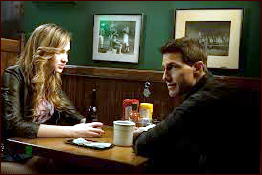
I won’t give away the plot save to say it is incredibly hackneyed, a plot device so old Street and Smith would have hesitated to put Nick Carter through it in the Nickel Library. Worse still, it is ineptly done. The second hand action scenes have been done better on television and the car chases were better choreographed on Rockford Files and Mannix.
There is one line that defines the film perfectly: “It’s grassy knoll ridiculous.â€
As played by Tom Cruise in this disaster of a film Jack Reacher lacks the substance of corrugated cardboard.
Reacher even puts down his gun when he has the bad guy dead to rights to fight him hand to hand when Helen Roden is still hostage to a man who has orchestrated countless murders.
Didn’t these people learn anything from Indiana Jones in Raiders of the Lost Ark? Who is he, Roy Rogers? No, I apologize to Roy, he never pulled a boner like that while there was a gun at Dale’s head.
This cost me $1.20 to rent from a Redbox kiosk. I was cheated. Don’t you be, this was even worse than the last Die Hard movie, and that was one of the worst blockbusters of the year.
Flat, cliched, obvious, poorly written, with no real action, drama, or characters to root for, this is a painfully bad movie with a plot they would have rejected for an episode of The Dukes of Hazard.
And it is exactly the movie Jack Reacher and Lee Child deserved, but not their fans who deserve much more than this cynically made half-hearted effort at starting another franchise for Cruise. Nothing much happens in the film and what does happen is pretty inept.
I can’t even recommend this as a good bad movie, it’s not enough fun to even laugh at.
